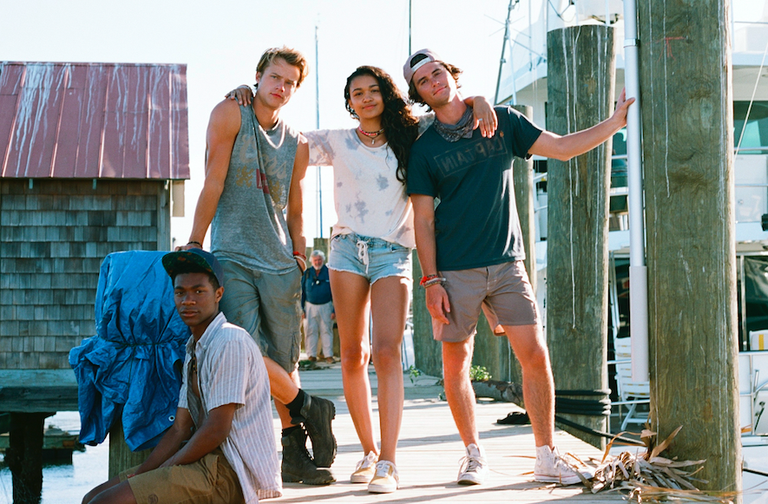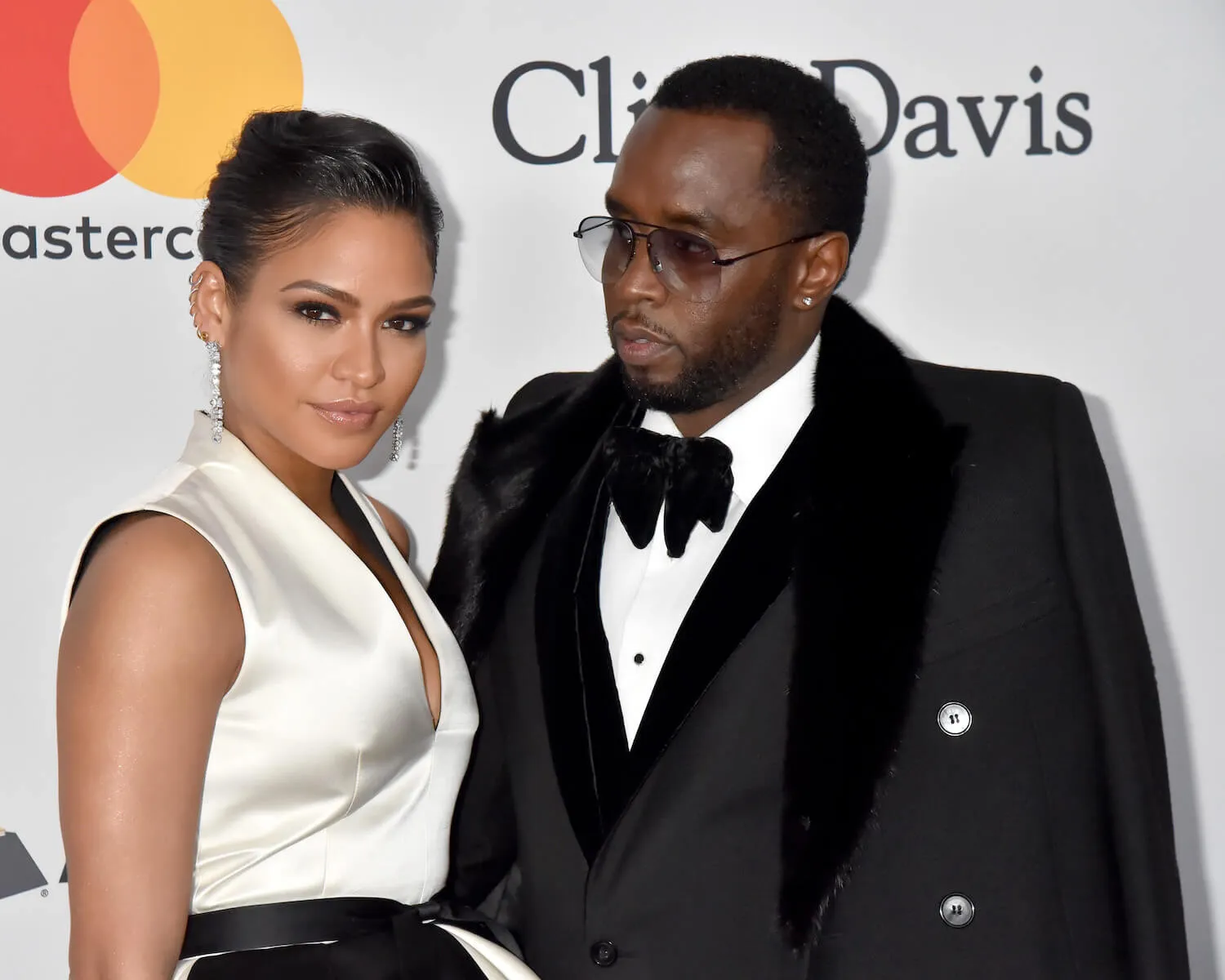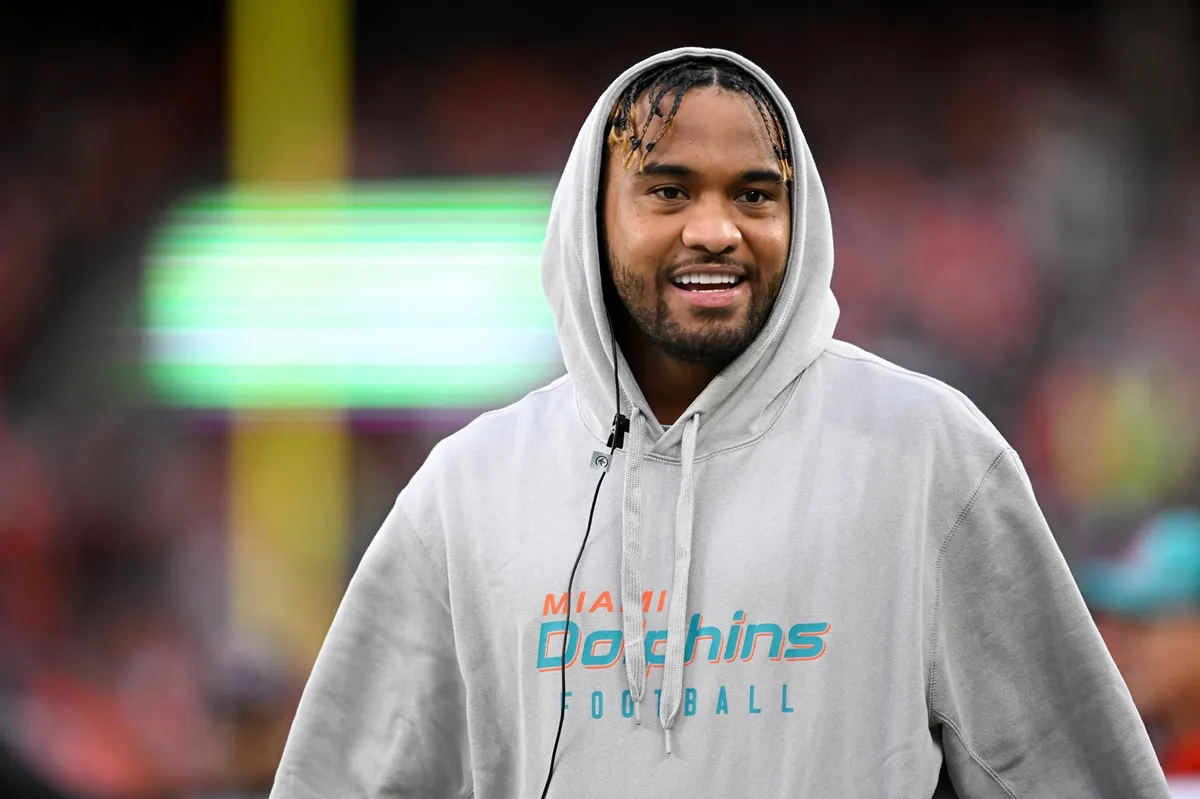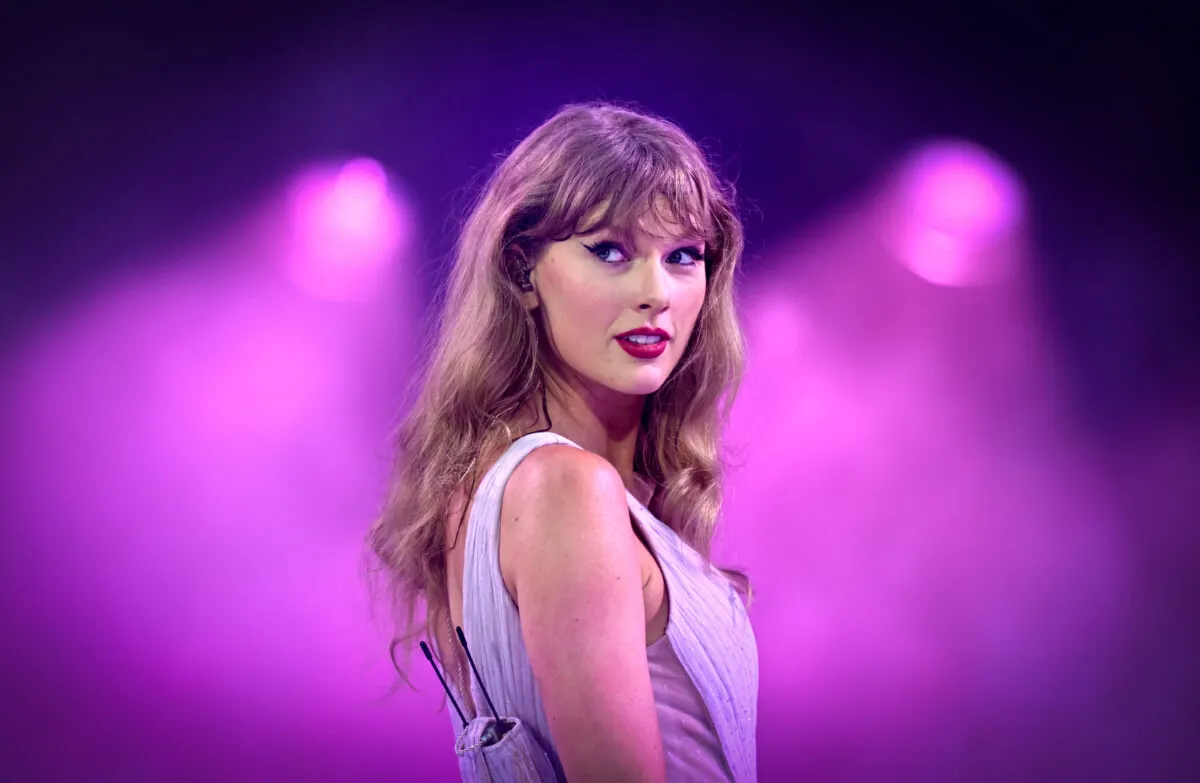‘Outer Banks’: Everything the Series Gets Wrong About Outer Banks, North Carolina
Outer Banks has quickly become one of the most popular shows on Netflix during the coronavirus (COVID-19) pandemic. Most viewers have turned to the show as an escape, but some Outer Banks, North Carolina natives pointed out how different their reality is compared to how the show portrays life on the island.
Brent Nultemeier, an Outer Banks local, spoke with Esquire about the Netflix series. Here’s where Nultemeier says Outer Banks missed the mark in terms of realism.

Outer Banks natives have a different vocabulary
The terms “Kook” and “Pogue” aren’t used by Outer Banks natives. Nultemeier said locals don’t use Pogue to describe people in the less wealthy areas of the Outer Banks. “That’s a full-on Hollywood thing,” he said.
A “Kook” is “somebody who bought a surfboard and wants to portray this image of being a surfer when they’re entirely not,” per Nultemeier. That’s another term the series uses that’s not true to real life in the Outer Banks. “Over the years, I’m sure that term has been widely used elsewhere. I mean, anybody could be a kook at this point,” Nultemeier added.
The class divide isn’t really like that
The class divide between the “Kooks” and the “Pogues” is one of the driving storylines in Outer Banks. “Kooks” are the wealthy members of society who have it all, while the “Pogues” are at the bottom of the food chain and have to work hard for everything they have.
In reality, the socio-economics in the Outer Banks are vastly different. “You have to work a couple of jobs to make it here—it’s not super expensive to live here, but it’s not cheap either,” Nultemeier explained. “[There are] people building ocean front homes and multimillion dollar places and stuff. I don’t know of a giant divide that’s clear, as they portray it on the TV show. Let’s just put it that way.”
There’s less boating in the Outer Banks
It shouldn’t be shocking to viewers that teens in the Outer Banks aren’t actively hunting down buried treasure during their summer break. What might come as a shock to Outer Banks fans is the lack of boating that goes on around the island.
“That’s not necessarily how it goes around here,” Nultemeier said, referencing the boating and partying the teens in the Netflix series partake in. “I’m sure there are some communities where you can hop on your boat and get from place to place, [but] you don’t normally travel around in your boat all the time. Boats aren’t cheap.”
The series wasn’t filmed in North Carolina
The Outer Banks series was initially supposed to shoot in North Carolina, but later shifted to South Carolina because of an anti-LGBTQ legislation. Outer Banks natives noticed this shift. “[Outer Banks] showcase[s] some kind of a lighthouse that was not even from our area at all,” Nultemeier said. “Some of the homes and some of the vegetation is wrong, too. Further South there’s a lot more palm trees. We don’t have that many palm trees here on the Outer Banks. When you live here, in the very first episode you’re like, ‘Oh, that’s not here.'”
It’s important to remember that Outer Banks is a fictionalized tale designed to entertain. As a fictional series, showrunners took a few liberties in creating the faux society they depicted.
Related: The Cast of ‘Outer Banks’ Realized a Major Plot Hole in the Final Episode


